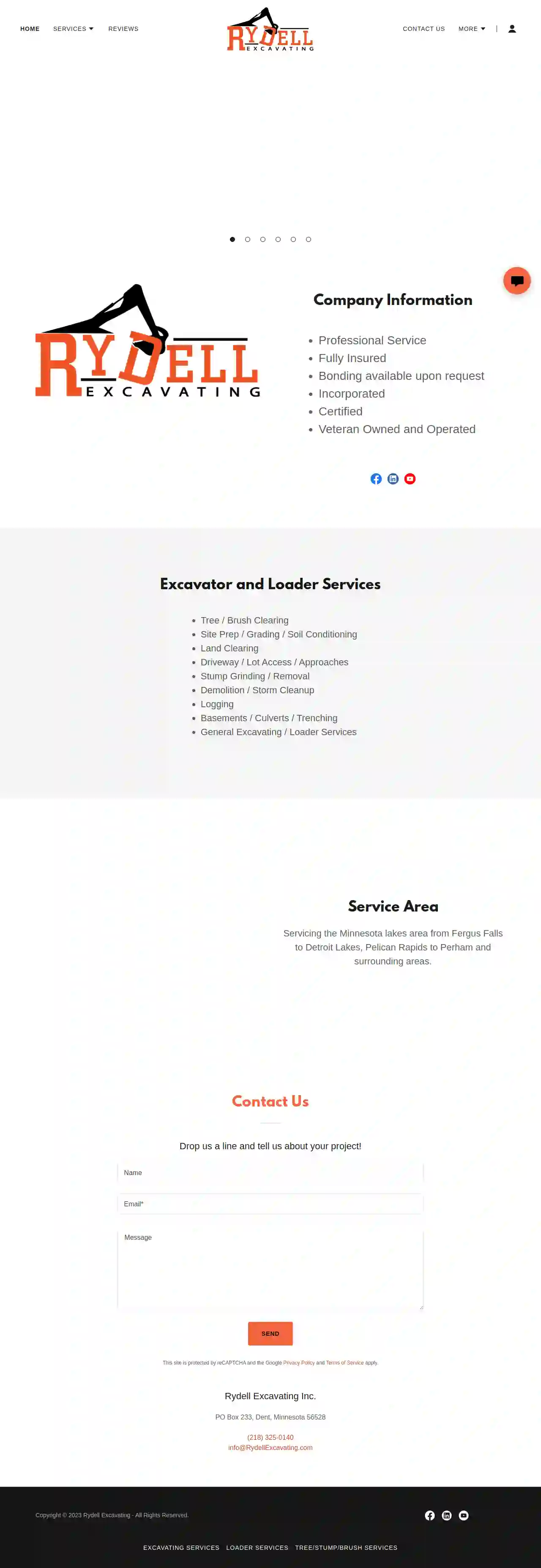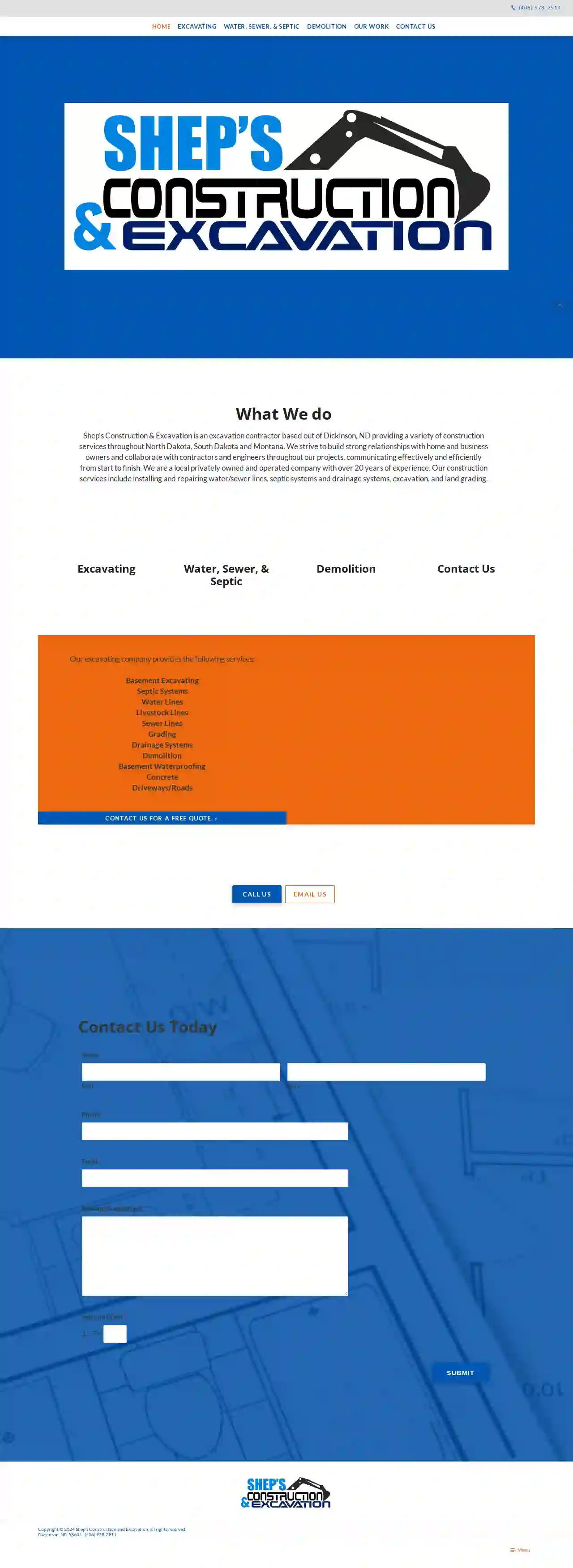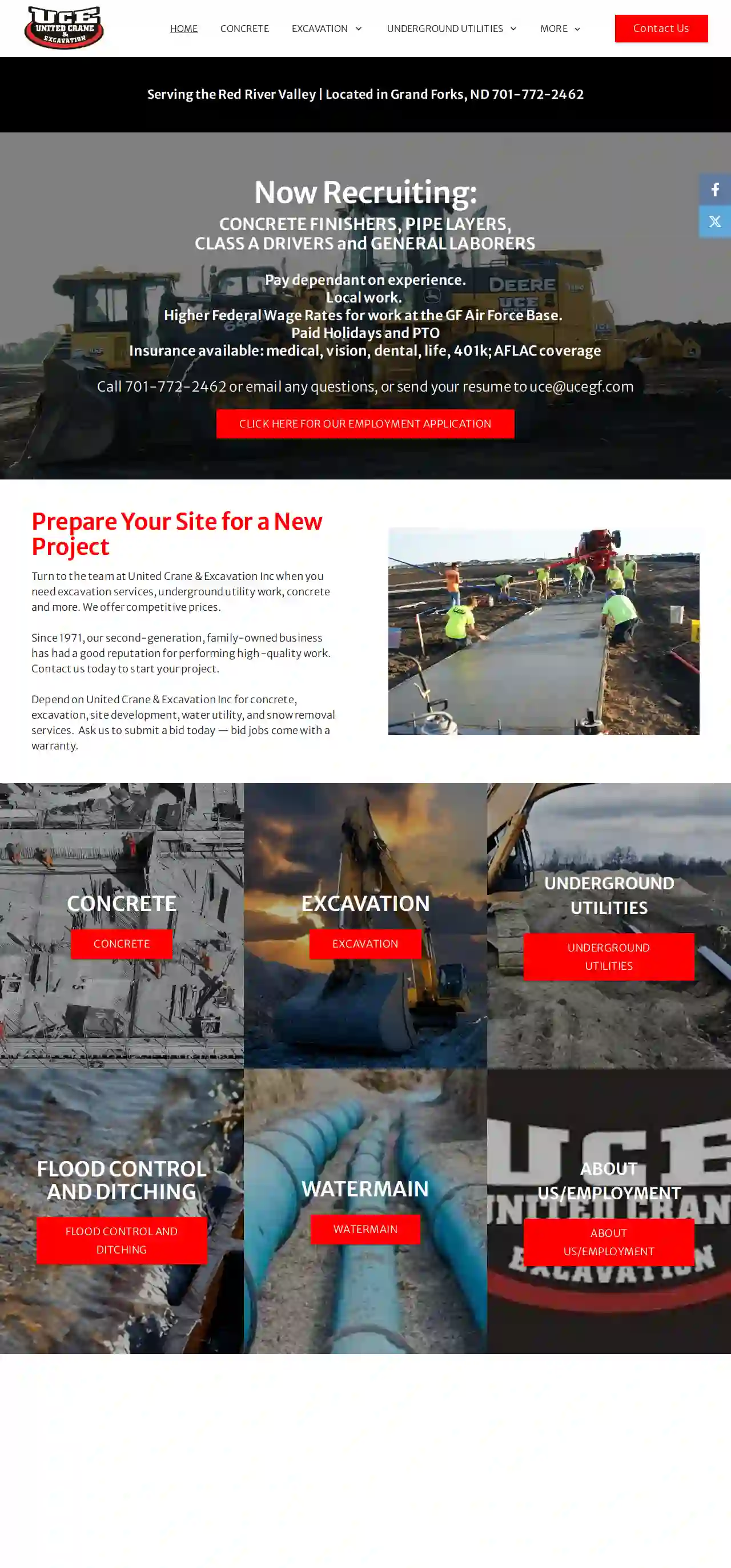Asbestos Removal Contractors Fargo
Find the best Asbestos Testing in Fargo
Get multiple Asbestos Removal Contractors quotes for your project today! Compare profiles, reviews, accreditations, portfolio, etc... and choose the best service.

Rydell Excavating
516 reviewsPO Box 233, Dent, 56528, USCompany Information Rydell Excavating is a professional excavating company serving the Minnesota lakes area. We are fully insured and bonding is available upon request. We are a veteran-owned and operated business, committed to providing high-quality services to our clients. Excavator and Loader Services We offer a wide range of excavating and loader services, including: Tree / Brush Clearing Site Prep / Grading / Soil Conditioning Land Clearing Driveway / Lot Access / Approaches Stump Grinding / Removal Demolition / Storm Cleanup Logging Basements / Culverts / Trenching General Excavating / Loader Services Service Area We service the Minnesota lakes area from Fergus Falls to Detroit Lakes, Pelican Rapids to Perham and surrounding areas.
- Services
- Why Us?
- Gallery
Get Quote
JCR Excavating LLC
1Williston, USCrafting Terrain Founded in 2007, JCR Excavating began as a dream, steadily evolving into one of the leading excavating companies in North Dakota. We’ve weathered economic downturns, expanded our operations, and built a tight-knit team of professionals. Dedicated to delivering impeccable workmanship, our rich history and hands-on leadership set us apart. Williston's Excavation Specialist At JCR Excavating, we integrate cutting-edge technologies to help us deliver precision results that match your project plans down to the last inch. By leveraging excavation software like Topcon GPS and John Deere 3D SmartGrade, we can dig to exact depths or grade to the perfect slope. With JCR, there’s no room for error. Comprehensive Excavation in Western North Dakota JCR Excavating proudly offers a range of excavating services, catering to the unique demands of Williston and its surrounding regions.
- Services
- Why Us?
- Gallery
Get Quote
Shep's Construction and Excavation
52 reviewsBismarck, US- Services
- Why Us?
Get Quote
United Crane & Excavation Inc
4.26 reviewsBismarck, US- Services
- Why Us?
Get Quote- Ki
Kioti Contracting | Excavation & Septic Service
11 reviewsBismarck, US- Services
- Why Us?
- Gallery
Get Quote
Over 3,943+ Excavation Companies registered
Our excavation experts operate in Fargo and surroundings!
ExcavationHQ has curated and vetted the Best Excavation Contractors arround Fargo. Find a reliable pro today.
Frequently Asked Questions about Asbestos Removal
- Assessment: A qualified asbestos professional should assess the condition and location of the asbestos-containing materials.
- Management Plan: Develop an asbestos management plan outlining how the asbestos will be handled, including monitoring, maintenance, or removal if necessary.
- Communication: Inform employees and other building occupants about the presence of asbestos and any planned abatement activities.
- Compliance: Ensure compliance with relevant regulations and safety standards for asbestos management and abatement.
What is the difference between friable and non-friable asbestos?
What should I do if I find asbestos in my workplace?
What is asbestos encapsulation?
What are the regulations regarding asbestos removal in the USA?
What is the difference between friable and non-friable asbestos?
What should I do if I find asbestos in my workplace?
- Assessment: A qualified asbestos professional should assess the condition and location of the asbestos-containing materials.
- Management Plan: Develop an asbestos management plan outlining how the asbestos will be handled, including monitoring, maintenance, or removal if necessary.
- Communication: Inform employees and other building occupants about the presence of asbestos and any planned abatement activities.
- Compliance: Ensure compliance with relevant regulations and safety standards for asbestos management and abatement.